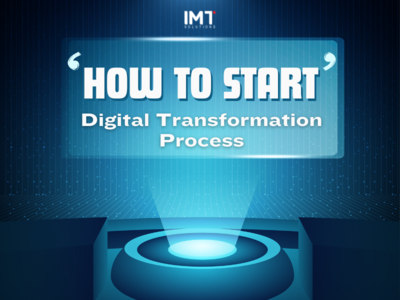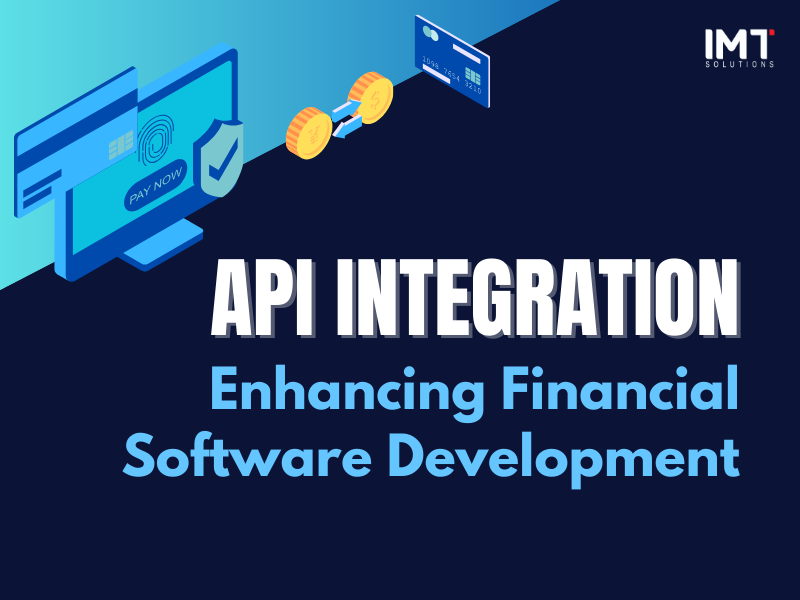Opportunities and Challenges: Digital transformation in Education
Digital transformation in Education has brought a series of advanced applications to the education system, creating positive changes in teaching and learning. These new technologies not only support teachers and students but also transform the entire learning environment. Let’s explore with IMT how digital transformation is being applied in education and read “How to start the digital transformation process?” if you want to digitally transform.
Applications of Digital Transformation in Education
1. Distance Learning and e-Learning
Distance learning is one of the most apparent applications of digital transformation in education. e-Learning platforms like Coursera, Udemy, etc., allow students to learn from anywhere with just an internet connection. This has expanded access to education for those who cannot attend classes in person, especially in the context of the COVID-19 pandemic.
For instance, online courses and learning management systems such as Moodle and Google Classroom have been widely used to support students and teachers. Instead of being limited to traditional classroom settings, students can participate in courses from all over the world and learn with a more flexible schedule.
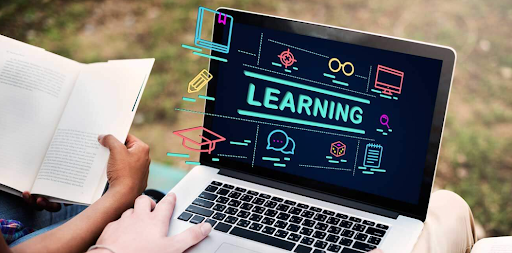
2. Learning through Virtual Reality (VR) and Augmented Reality (AR)
VR and AR technologies are bringing more vivid and engaging learning experiences. Instead of merely reading textbooks, students can step into a virtual world to explore scientific phenomena, historical environments, or even human body parts. For instance, Google Expeditions is a VR tool that allows students to take virtual field trips around the world, from the deep oceans to outer space. This technology not only makes lessons more visual but also enhances interaction, helping students better understand and retain knowledge.
3. Personalized Learning with Artificial Intelligence (AI)
Artificial intelligence is opening new possibilities for personalized education. Through AI, learning systems can analyze the habits and learning styles of each student to offer suitable suggestions. For example, the DreamBox platform uses AI to adjust the difficulty level of math lessons to fit each student’s capability.
This personalized approach, enabled by digital transformation in Education, enhances the learning experience as students can learn at a pace and in a manner best suited to them. Simultaneously, teachers can easily track student progress and tailor lesson plans to meet individual needs.
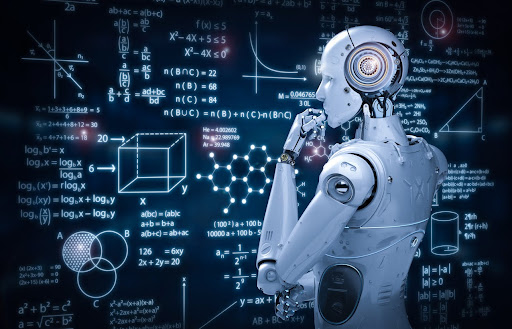
4. Blockchain for Managing Degrees and Certificates
Blockchain is an emerging technology in education, particularly in storing and verifying degrees and certificates. With blockchain, information about students’ degrees can be stored securely, unchangeable, and easily accessible when needed. This reduces the problem of degree fraud and helps employers easily verify information. Platforms like Blockcerts are being applied to issue and manage academic certificates based on blockchain, ensuring transparency and trustworthiness.
ReadOptimizing School Operations With Management Information Systems
5. Tools for Online Learning Support and Assessment
Digital transformation in Education has changed the way learning is supported and assessed. Tools like Quizlet, Kahoot, and Socrative not only help students review knowledge in a lively manner but also provide teachers with quick and efficient assessment tools. Additionally, the use of automated assessment software saves teachers time and brings more objectivity in evaluating student performance.
Challenges of Digital Transformation in Education
While digital transformation in education brings vast opportunities, it also poses significant challenges. Implementing digital technologies does not always proceed smoothly, especially when facing infrastructure, training, and management barriers. Some of the key challenges that the education sector faces during the digital transformation process include…
Technological Infrastructure Disparities
One of the biggest challenges of digital transformation in education is the disparity in technological infrastructure between regions and countries. Rural areas or less developed nations often lack digital infrastructure such as internet connectivity, computers, and other learning-support devices. This leads to students in these areas being unable to access modern educational technologies, causing inequality in learning opportunities.
For example, in many developing countries, broadband internet provision is still very limited, especially in remote rural areas. Schools in these areas do not have enough computers and necessary devices to deploy digital teaching methods. This reduces the ability to adopt new educational technologies, and as a result, students are unable to access the modern learning opportunities that their peers in urban areas have.
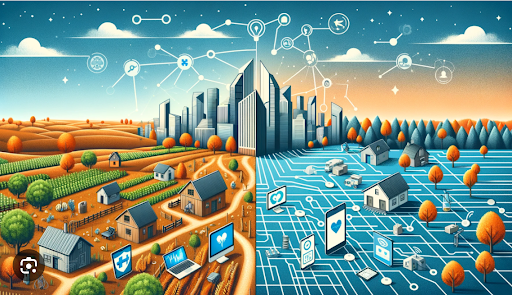
Teacher Training and Adaptability
Teachers play a crucial role in the digital transformation in Education. However, not all teachers are ready or knowledgeable enough to integrate technology into their teaching. The lack of training and enhancement of digital skills for teachers is a significant challenge, especially for experienced educators who are accustomed to traditional teaching methods.
Many teachers may face difficulties using complex technological tools such as artificial intelligence, virtual reality, or online learning management systems. Training teachers to use these technologies proficiently requires time, resources, and support from educational institutions. Without adequate support, the digital transformation process could be delayed or ineffective.
Data Security and Privacy
One of the pressing issues in digital transformation in Education is data security and privacy. When students and teachers use online learning systems, a large amount of personal data is collected and stored on digital platforms. This increases the risk of personal information being leaked, subjected to cyberattacks, or used for unintended purposes.
Furthermore, many schools and educational organizations do not have strong enough cybersecurity systems to protect student and teacher data. Cybersecurity breaches can cause significant damage, not only financially but also to the reputation of educational institutions. Therefore, ensuring information security and privacy is one of the critical challenges that schools face during digital transformation.
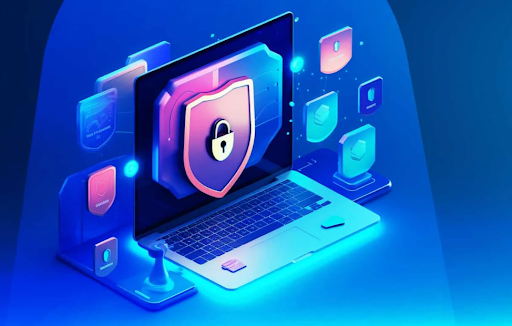
Resistance to Change
Change always comes with varying reactions from participants, and digital transformation in Education is no exception. This transformation requires changes in thinking and teaching methods, which may lead to resistance from both teachers and students. Some teachers may worry about technology replacing their roles or may feel uncomfortable using digital tools.
At the same time, students may also face difficulties adapting to new learning methods, especially those who are used to traditional learning styles. Transitioning from direct lectures to online learning formats can cause confusion and pressure for many students, particularly when they lack technical skills or do not have family support.
Costs of Investment and Technology Maintenance
Digital transformation requires significant investment not only in purchasing equipment but also in maintaining and upgrading systems. Schools need to invest in digital infrastructure, including computers, servers, software, and security networks. The costs for maintaining and updating these technologies are also substantial, especially when digital systems need to be upgraded frequently to keep up with technological advancements. This is particularly challenging for schools or educational organizations with limited budgets. Balancing costs between investing in technology and maintaining traditional educational activities can be a dilemma for education managers.
Digital transformation in education is not only about applying technology but also about changing the mindset and approach to education. These applications are helping improve the quality of education and create new, flexible, and effective learning opportunities for students worldwide. However, applying these technologies must be accompanied by addressing infrastructure and teacher training challenges to ensure that digital transformation truly brings sustainable value to education.


